The best way to stop yourself from becoming a victim is to be very careful about who you befriend online, especially if you’re considering sharing anything intimate with them.
Tagged with sexting
This advice is for designated safeguarding leads (DSLs), their deputies,headteachers and senior leadership teams in schools and educational establishments in England.
NSPCC Resource
It may feel awkward, but it's important to explain to children the risks of sexting, how to stay safe and remind them that they can talk to you if something ever makes them feel scared or uncomfortable.
Who is this for?
This advice is for designated safeguarding leads and senior leadership teams in schools and educational establishments
in England.
What does this advice cover?
This advice covers:
Responding to disclosures
Handling devices and imagery
Risk assessing situations
Involving other agencies, including escalation to the police and children’s social care
Recording incidents
Involving parents
Preventative education
Short video and quiz relating to posting embarrassing images of friends and the consequences.
If you share an image of yourself online by photo, text or video, via your phone, tablet or computer always think first, “would I be ok with anyone and everyone seeing this?”
Any image of yourself that you send, can and might be shared by the person you sent it to. Once you press send, it is no longer in your control.
If you share a ‘nude’ or ‘underwear shot’ even with someone you trust, you are not able to control who they forward it to or where they save it. It can be sent on to anyone or posted anywhere on the internet. It could end up on social networking sites or even porn sites.
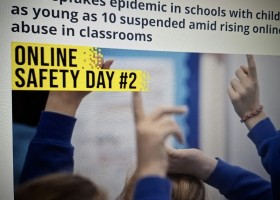




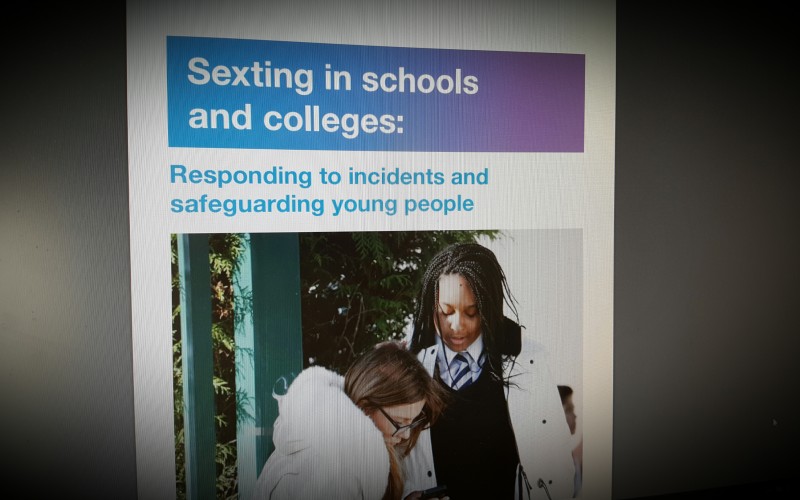

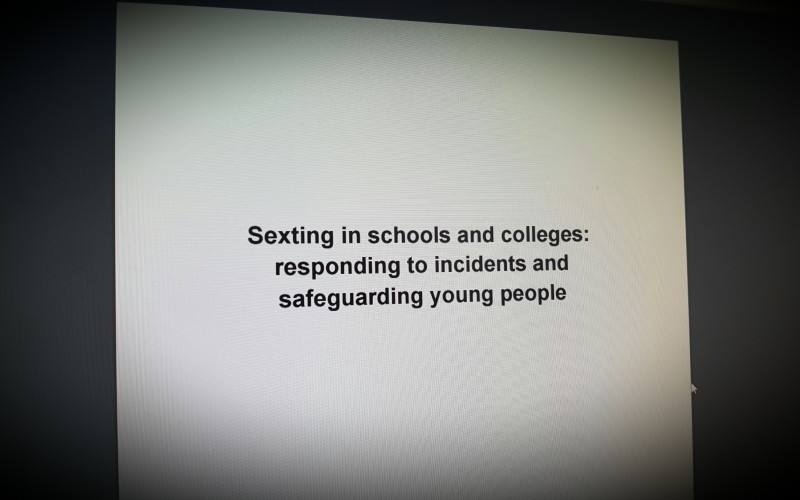
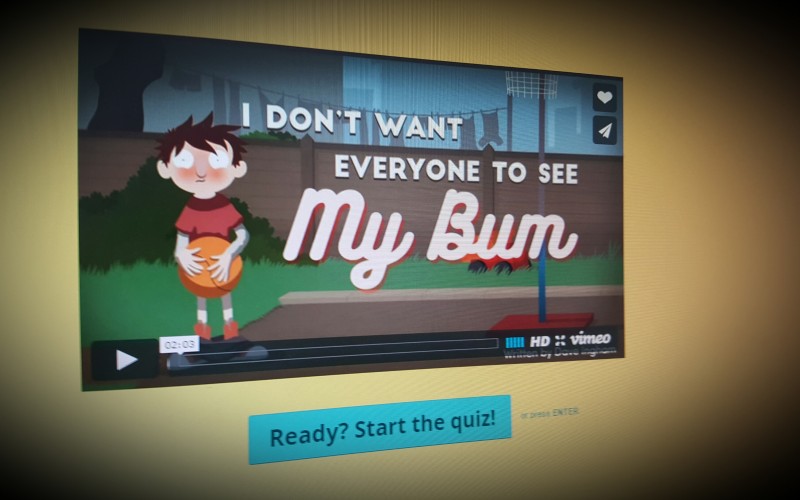
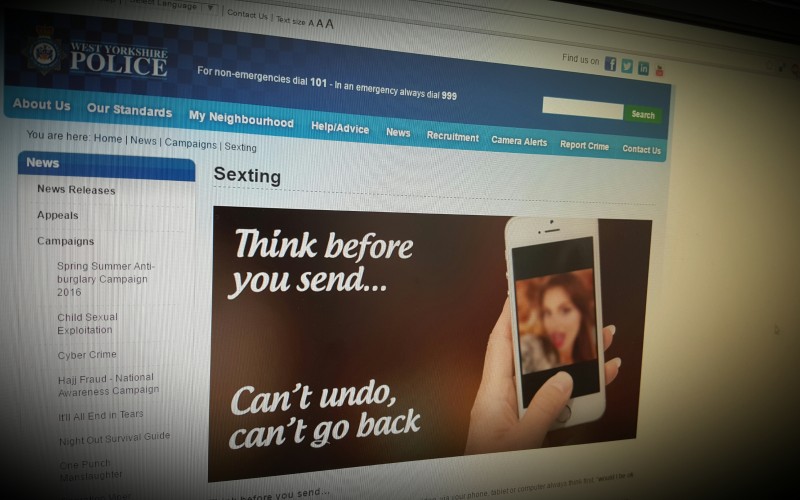
Comments
make a comment